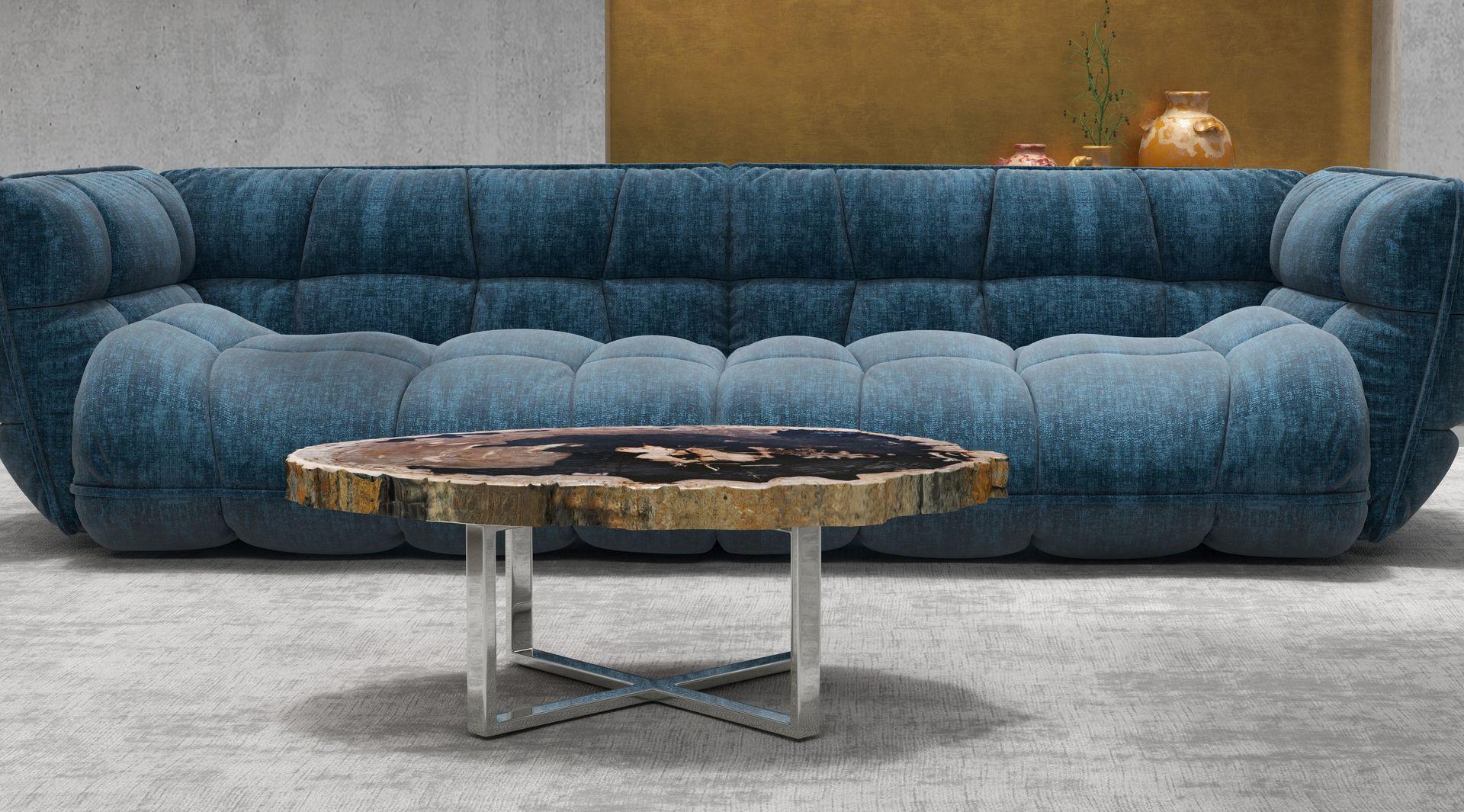Don’t be fooled by its perfectly preserved wood structure; petrified wood is not wood, but a fully fossilized form that inherited the shape of its former shell. The former trees, sealed from oxygen, did not have a chance to decompose. Instead, minerals contained within the soil replace the water within the tree’s cells creating a preserved version of the once living tree. This is why you'll see stunning, wood-like striations within the piece that appear to be wood, when in fact they are cold to the touch minerals, and HEAVY! As opposed to solid wood, picking up a similar sized petrified wood piece is no easy feat!
So how did it get here? This “wood” is often harvested from what is called a petrified forest: forests that once stood over 225 million years ago and have since been flooded with water and soil, creating the perfect environment for petrified wood to eventually come to be.

The beauty of petrified wood is in its unique pattern; no two slices can ever be exactly alike. These fossilized pieces are found in many different shades – all representative of the mineral which took the cell’s place. For example, black = carbon, red/brown/yellow = iron oxides and pink/orange = manganese.
Here at Urbia, we are absolutely in love with the ancient material. Having a pre-historic piece in the home is just so special! Petrified wood makes for the perfect coffee or end table, stool or console. Keeping that raw edge while creating a level, polished top offers practicality while exposing the stunning natural "bark" edge.



